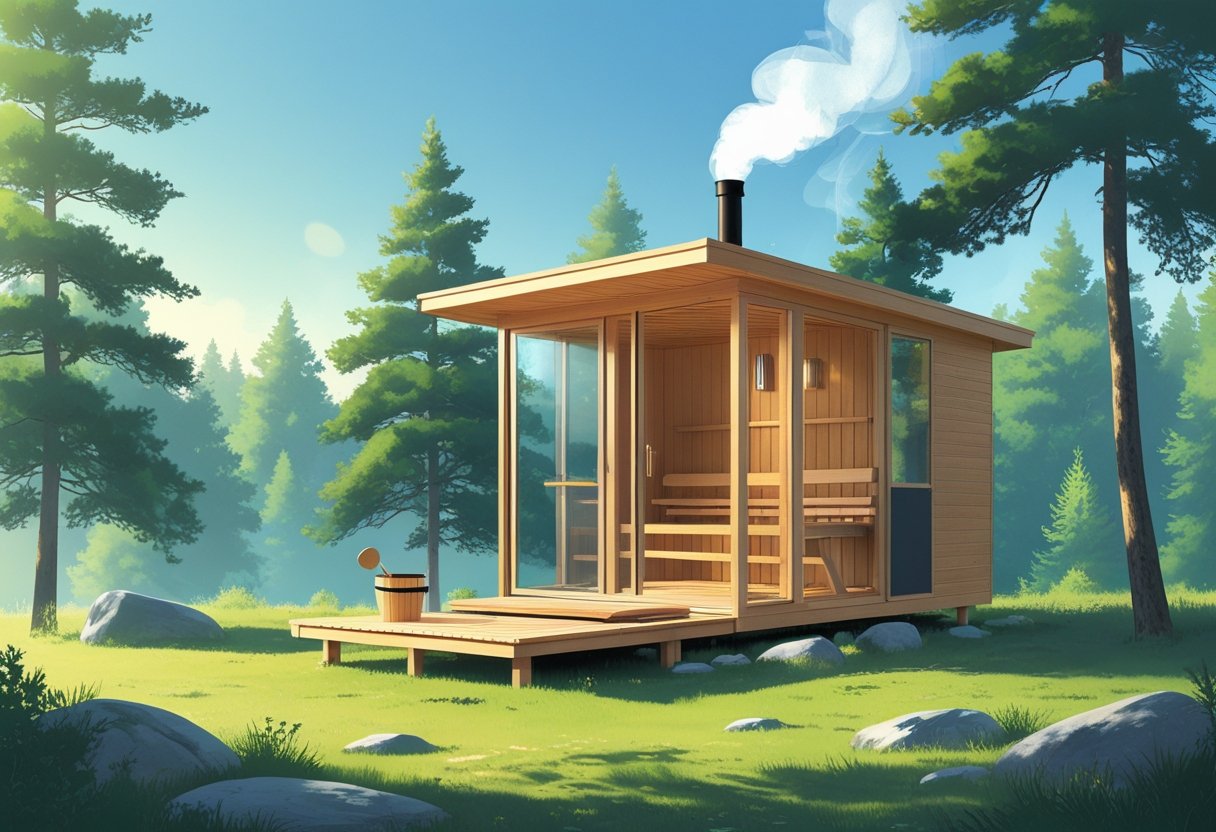
Outdoors Sauna: The Ultimate Guide to Selecting and Enjoying Your Space
Outdoor saunas bring the relaxing spa experience right to your backyard without the hassle of fitting one inside your home. These standalone structures offer more space, better heat distribution, and easier installation compared to indoor options. The best outdoor saunas start around $5,000 and provide excellent health benefits like stress relief, better sleep, and muscle recovery while potentially increasing your home's value.

Choosing the right outdoor sauna involves understanding different heating technologies, construction materials, and design styles. Traditional steam saunas use wood or electric heaters to warm the air, while infrared models use special lights to heat your body directly. The two main styles are cabin saunas that look like small houses and barrel saunas with their unique curved shape.
This guide covers everything from picking the right size and materials to understanding installation costs and maintenance needs. You'll learn about the best outdoor sauna options available today, what features matter most, and how to create your perfect backyard wellness retreat.
Key Takeaways
- Outdoor saunas cost between $5,000 to $16,000 depending on size, materials, and installation requirements
- Cabin-style saunas provide better heat distribution than barrel designs for a more comfortable experience
- Regular maintenance like cleaning and wood treatment helps outdoor saunas last over 20 years
Understanding Outdoor Saunas
Outdoor saunas operate using the same heat therapy principles as indoor models but are specifically designed to withstand weather conditions. Traditional, infrared, hybrid, and steam saunas each offer different heating methods and temperature ranges for backyard wellness experiences.
What Defines an Outdoor Sauna
An outdoor sauna is a heat therapy room built to function outside while resisting weather damage. These structures use weatherproof materials and construction methods that protect against rain, snow, and temperature changes.
Outdoor saunas function similarly to indoor models but feature enhanced durability. They typically use cedar, hemlock, or treated wood that can handle moisture and temperature swings.
Most outdoor saunas require electrical connections for heating systems and lighting. Some models use wood-burning stoves that need proper ventilation and clearance from flammable materials.
Key outdoor sauna features:
- Weather-resistant exterior materials
- Proper insulation for heat retention
- Slanted roofs to shed water
- Ventilation systems designed for outdoor use
- Foundation requirements for stability
The structures come as pre-built units or assembly kits. Pre-built options arrive ready to install, while kits require several days of construction work.
Types: Traditional, Infrared, and Steam
Traditional outdoor saunas heat air using electric heaters or wood-burning stoves with sauna rocks. These reach temperatures between 160-175°F and create dry heat environments with low humidity.
Electric traditional saunas use heating elements to warm stacked rocks. Users pour water over the heated rocks to create brief steam bursts that increase humidity temporarily.
Wood-burning traditional saunas require manual fire starting and wood stacking. They provide an authentic Finnish sauna experience with natural wood smoke aromas.
Infrared outdoor saunas use infrared panels to heat the body directly rather than warming the air. They operate at lower temperatures around 120°F while providing similar health benefits.
These units heat up faster than traditional models and use less energy. The infrared heat penetrates skin more deeply than hot air.
Steam outdoor saunas create high-humidity environments using steam generators. They operate at 110-115°F with nearly 100% humidity levels.
Steam generators require water connections and produce continuous moist heat. Some models include heated floors to prevent cold tile surfaces.
Key Differences from Indoor and Home Saunas
Outdoor saunas require stronger construction materials to handle weather exposure. Indoor home saunas use standard interior materials that would deteriorate quickly outside.
Construction differences:
- Thicker exterior walls with weather barriers
- Metal roofing or heavy-duty shingles
- Concrete foundations or treated wood platforms
- External electrical connections with weatherproof components
Temperature control differs between outdoor and indoor models. Outdoor saunas work harder to maintain heat due to external temperature variations and wind exposure.
Energy efficiency varies significantly between outdoor and indoor installations. Outdoor units typically use more energy to compensate for heat loss to the environment.
Maintenance requirements increase for outdoor saunas. Regular inspections for weather damage, wood treatment applications, and roof maintenance become necessary.
Ongoing maintenance needs:
- Annual wood staining or sealing
- Roof inspection and repair
- Foundation drainage checks
- Door and window weatherstripping replacement
Installation complexity increases outdoors due to foundation work, electrical trenching, and permit requirements. Indoor home saunas often install in existing rooms with minimal structural changes.
Comparing Outdoor Sauna Technologies
Each heating technology offers distinct advantages for outdoor use, from electric systems that provide consistent heat to infrared units that penetrate deeper into skin. Wood-burning options deliver authentic experiences while requiring more maintenance and preparation time.
Electric Heaters and Electric Stoves
Electric heaters provide reliable and consistent heat output for outdoor saunas. These systems work well in areas with stable power supplies and cold weather conditions.
Harvia electric heaters are among the most popular choices for outdoor installations. They heat rocks to create traditional dry heat and steam when water hits the stones.
Electric stoves typically reach temperatures between 160-200°F within 30-45 minutes. They require 220V electrical connections for most outdoor models.
Key advantages include:
- Precise temperature control
- No fuel storage needed
- Clean operation with no smoke
- Easy maintenance
Electric systems work best in areas with reliable power. They cost more to operate than wood-burning options but require less daily preparation time.
Many outdoor sauna brands use Harvia or comparable electric heaters for their reliability. Installation requires proper electrical work and weatherproof connections.
Infrared Heaters and Ceramic Heaters
Infrared saunas use radiant heat that penetrates skin directly rather than heating air. These systems operate at lower temperatures while providing deep tissue warming.
Ceramic heaters are the most common type of infrared technology. They produce consistent heat output and last longer than other infrared options.
Full-spectrum infrared technology combines near, mid, and far infrared wavelengths for different health benefits. Near infrared supports cellular health while far infrared promotes sweating.
Temperature and power specs:
- Operating range: 120-140°F
- Power usage: 1,500-3,000 watts
- Heat-up time: 10-15 minutes
Infrared heaters require less insulation than traditional saunas. They work on standard 120V outlets in smaller units.
Carbon infrared panels distribute heat more evenly than ceramic options. Medical-grade infrared systems often use low EMF ceramic heaters for safety.
Wood-Burning Stoves and Wood Stoves
Wood-burning stoves create the most authentic sauna experience with high heat and natural humidity control. These systems require no electricity but need more preparation and maintenance.
Wood stoves can reach temperatures above 200°F and create intense heat that many sauna users prefer. They burn seasoned hardwood or softwood depending on availability.
Wood-burning heaters require proper ventilation and chimney systems. The stove needs regular cleaning and ash removal after use.
Fuel and maintenance requirements:
- Seasoned wood with low moisture content
- Fire starting materials and kindling
- Regular chimney cleaning
- Ash disposal system
These systems take 45-90 minutes to reach full temperature. Users must tend the fire throughout the session to maintain heat levels.
Wood-burning options work well for off-grid installations where electrical connections are not available. They provide complete independence from utility systems.
Designs and Styles of Outdoor Saunas
Outdoor saunas come in three main design categories that offer different experiences and visual appeal. Traditional wooden cabins provide rustic charm, while barrel-shaped models maximize heat efficiency, and panoramic glass designs create stunning views.
Cabin Sauna and Modern Designs
Traditional cabin saunas feature classic log construction with cedar, pine, or spruce wood. These designs blend naturally into garden settings with their authentic appearance.
Modern outdoor sauna concepts use sleek materials like steel, glass, and contemporary wood finishes. Large glass panels and hidden LED lighting create sophisticated spaces.
Key Features of Cabin Designs:
- Log-style walls or natural plank exteriors
- Wood-burning stoves for authentic steam
- Soft interior lighting for cozy atmosphere
- Robust construction for long-term durability
Minimalist outdoor sauna designs feature clean lines and simple materials. Light woods like pine or cedar pair with floor-to-ceiling glass windows.
Modern cabin saunas often include flat roofs and compact structures. These complement contemporary home architecture perfectly.
Barrel Sauna and Barrel Saunas
Barrel saunas offer unique rounded construction that distributes heat evenly throughout the space. High-quality cedar or thermowood creates the curved walls.
A barrel sauna design blends seamlessly with outdoor landscapes while providing space-efficient heating. The rounded shape ensures better thermal performance than square designs.
Advantages of Barrel Construction:
- Even heat distribution
- Space-efficient design
- Lower heating costs
- Unique aesthetic appeal
Glass doors or panoramic windows enhance the barrel sauna experience. Views of surrounding nature add to the relaxation.
Wooden decks and pathways complement barrel sauna installations. These additions create inviting outdoor retreat spaces.
Panorama Sauna and Unique Styles
Outdoor saunas with panoramic glass walls capture natural beauty while maintaining warm interiors. Floor-to-ceiling glass panels provide unobstructed views.
Panoramic designs work best overlooking mountains, lakes, or forests. The glass construction creates immersive relaxation experiences.
Unique Style Options:
- Glass roof designs for stargazing
- Stone-clad exteriors for natural aesthetics
- Japanese-inspired Zen garden settings
- Scandinavian light-wood construction
Stone-clad outdoor saunas integrate beautifully with woodland settings. River rock, slate, and limestone create earth-friendly exteriors.
Scandinavian-inspired designs focus on simplicity and functionality. Light-toned wood and extensive glass usage define this Nordic style.
Choosing Construction Materials

Cedar varieties dominate outdoor sauna construction due to their natural resistance to moisture and insects. Different wood species offer varying benefits for durability, cost, and performance in outdoor conditions.
Western Red Cedar and Canadian Red Cedar
Western Red Cedar stands as the gold standard for outdoor sauna construction materials. This wood contains natural oils called extractives that repel insects and resist rot.
The lightweight nature of Western Red Cedar makes it easy to work with during construction. It maintains stable dimensions even when exposed to temperature changes and humidity.
Key Benefits of Western Red Cedar:
- Natural antimicrobial properties
- Low thermal conductivity for comfortable seating
- Pleasant aromatic scent
- Minimal warping and shrinking
Canadian Red Cedar offers similar properties to its western counterpart. Both cedar types require minimal maintenance compared to other wood species.
The natural tannins in cedar woods help prevent fungal growth. This makes them ideal for the humid environment inside saunas.
Cedar's insulation properties help maintain consistent temperatures. The wood stays cool to the touch even when sauna temperatures reach 180-200°F.
Other Popular Woods for Outdoor Saunas
Pine represents a budget-friendly alternative for sauna construction. Nordic Pine and Finnish Pine offer good durability at lower costs than cedar options.
Alternative Wood Options:
- Hemlock: Light color, minimal odor, good insulation
- Aspen: Hypoallergenic, stays cool, popular in Scandinavia
- Basswood: Smooth texture, light weight, minimal resin
Hardwoods like oak should be avoided for sauna interiors. They conduct heat too efficiently and can cause burns on contact.
Pressure-treated lumber works well for structural framing but never for interior surfaces. The chemicals used in treatment can release harmful fumes when heated.
Heat-resistant materials must withstand extreme temperature fluctuations. Softwoods generally perform better than hardwoods in sauna environments.
Proper wood selection impacts both safety and longevity. The right materials ensure years of reliable sauna operation with minimal upkeep requirements.
Features and Accessories

Modern outdoor saunas offer advanced features like Bluetooth connectivity for music streaming, chromotherapy lighting for wellness benefits, and carefully designed ventilation systems. These upgrades transform basic heat therapy into a complete relaxation experience.
Bluetooth Connectivity and Entertainment
Bluetooth connectivity allows users to stream music, podcasts, or audiobooks directly to built-in speakers. Sound systems significantly enhance the sauna experience by creating an immersive relaxation environment.
Most premium outdoor saunas include waterproof speakers designed to withstand high heat and humidity. These speakers connect wirelessly to smartphones or tablets within a 30-foot range.
Key Entertainment Features:
- Internal speakers with moisture protection
- Wireless connectivity up to 30 feet
- Volume controls inside the sauna
- Smartphone compatibility for all devices
The audio quality remains clear even at high temperatures. Users can create custom playlists for different moods or sauna session lengths.
Chromotherapy and Wellness Upgrades
Chromotherapy uses colored LED lights to promote relaxation and wellness benefits during sauna sessions. Multi-light chromotherapy systems are becoming standard features in high-end outdoor saunas.
Different colors target specific wellness goals. Red light may boost circulation, while blue light promotes calmness and stress relief.
Common Chromotherapy Colors:
| Color | Wellness Benefit |
|---|---|
| Red | Circulation boost |
| Blue | Stress relief |
| Green | Balance and harmony |
| Purple | Mental clarity |
| Yellow | Energy and mood |
LED systems consume minimal energy while providing thousands of hours of operation. Users can cycle through colors or select specific hues for targeted therapy sessions.
Ventilation, Lighting, and Seating Options
Proper ventilation prevents moisture buildup and maintains air quality during sauna sessions. Most outdoor saunas include adjustable vents near the floor and ceiling for optimal airflow.
Sauna lighting sets the ambiance for relaxation while withstanding high temperatures and humidity. LED fixtures designed for sauna use provide soft, warm lighting without generating excess heat.
Seating configurations vary by sauna size and user preferences. Ergonomic benches and backrests made from premium cedar or hemlock provide comfort during extended sessions.
Standard seating options include single-tier benches for smaller saunas and multi-level configurations for larger units. Removable headrests and backrests allow users to customize their comfort level.
Shopping and Installation Considerations
Buying an outdoor sauna requires careful planning around space, budget, and long-term maintenance needs. The right choice depends on your specific requirements for capacity, installation complexity, and whether you need a permanent or movable solution.
Sizing and Capacity: 2-Person and Larger
A 2-person sauna typically measures 4 feet by 6 feet and works well for couples or small spaces. These compact units require less power to heat and cost less to operate.
Larger families need saunas that seat 4-6 people. These units measure 6 feet by 8 feet or bigger. More capacity means higher heating costs and longer warm-up times.
Key size considerations:
- Ceiling height should be 7-8 feet minimum
- Allow 2 feet of space on each side for ventilation
- Consider how many people will use it regularly
The location and space requirements affect which size works best. Smaller yards may limit options to compact 2-person models.
Sauna Kits, Assembly, and Maintenance
Pre-built sauna kits simplify installation but still require proper foundation preparation. Most kits include walls, roof, benches, and heating elements.
Assembly typically takes 1-2 days with basic tools. Professional installation costs $2,000-$5,000 extra but ensures proper electrical and safety compliance.
Maintenance requirements include:
- Weekly cleaning with mild soap
- Monthly inspection of heating elements
- Seasonal wood treatment and weatherproofing
- Annual professional safety check
Wood type impacts maintenance needs. Cedar resists moisture better than pine but costs more initially.
Cost and Investment Factors
Sauna cost ranges from $3,000 for basic 2-person kits to $15,000+ for premium larger models. Electric saunas cost less upfront than wood-burning versions.
Installation adds $1,500-$5,000 depending on electrical work needed. Concrete foundations cost $500-$1,500 extra.
Operating costs include:
- Electricity: $20-$50 monthly
- Wood treatment: $100-$200 yearly
- Repairs and parts: $200-$500 yearly
The investment often increases property value by 3-5%. Quality saunas last 15-20 years with proper care.
Portable Sauna Options
Portable sauna units offer flexibility for renters or those who move frequently. These lightweight models typically use infrared heating instead of traditional steam generators.
Most portable options seat 1-2 people and plug into standard outlets. Setup takes 30-60 minutes without tools.
Benefits of portable models:
- No permanent installation required
- Lower upfront costs ($1,000-$3,000)
- Easy storage when not in use
Steam generator models aren't available in portable versions due to plumbing requirements. Portable units work well for personal use but can't match the authentic experience of traditional saunas.
Health Benefits and Sauna Experience
Regular sauna use provides measurable improvements in both mental and physical health. The heat exposure creates physiological changes that reduce stress hormones while supporting cardiovascular function and muscle recovery.
Stress Relief and Mental Well-being
The high temperatures in outdoor saunas trigger the body's relaxation response. Heat exposure reduces cortisol levels, the primary stress hormone that affects mood and energy.
Mental Health Benefits:
- Lower anxiety levels within 15-20 minutes of heat exposure
- Improved sleep quality from muscle relaxation
- Enhanced mood through endorphin release
Users typically experience immediate stress reduction during sessions. The quiet environment away from daily distractions allows the mind to reset. Many people report feeling calmer for hours after leaving the sauna.
The outdoor setting adds extra mental health benefits. Connection with nature enhances the relaxation experience compared to indoor facilities.
Regular sauna sessions can help manage chronic stress. People who use saunas 2-3 times per week often notice better emotional balance. The ritual of taking time for self-care also supports long-term mental wellness.
Physical Health and Recovery
Sauna heat creates cardiovascular effects similar to moderate exercise. Heart rate increases while blood pressure often decreases over time with regular use.
Key Physical Benefits:
- Cardiovascular health: Reduced risk of heart disease and stroke
- Detoxification: Increased sweating removes toxins and heavy metals
- Immune support: Higher white blood cell production
- Skin health: Improved circulation and pore cleansing
The sweating process helps remove accumulated toxins from the body. Heavy metals like lead and mercury exit through increased perspiration. This natural detox process supports liver and kidney function.
Heat exposure strengthens the immune system by stimulating white blood cell production. Regular users often experience fewer colds and infections throughout the year.
Muscle recovery improves through increased blood flow to tissues. Athletes use saunas to reduce soreness and speed healing after intense training sessions.
Frequently Asked Questions
Choosing the right outdoor sauna involves understanding temperature ranges, maintenance needs, and installation costs. Most buyers focus on heater types, wood quality, and brand reputation when making their decision.
What are the key factors to consider when choosing the best outdoor sauna?
Size and capacity represent the most important starting point. A 4-person outdoor sauna kit offers more versatility than smaller 2-person models, even for households with fewer people.
Wood quality makes a significant difference in durability and experience. High-quality softwoods provide better durability and pleasant experiences compared to laminates or low-grade lumber that some companies use.
Heater strength affects preheating time and temperature control. Most saunas require 45 to 60 minutes to preheat, depending on heater power and outdoor conditions.
Safety features should include stainless steel hardware and UL-listed heaters. These components ensure the sauna operates safely and lasts longer in outdoor conditions.
How does an outdoor infrared sauna differ from a traditional wood burning option?
Traditional Finnish saunas use electric stoves and sauna stones to create dry, radiant heat. Traditional Finnish saunas allow for adjustable humidity and deeper, more invigorating heat compared to infrared models.
Infrared saunas use light to heat the body directly. This creates a different heating experience without the ability to control humidity levels.
Temperature ranges vary between the two types. Traditional outdoor saunas typically operate between 150°F and 195°F, while infrared units generally run at lower temperatures.
Steam production differs significantly. Traditional saunas allow users to pour water over hot stones for löyly, while infrared saunas cannot produce steam.
What maintenance requirements should be expected for an outdoor barrel sauna?
Daily maintenance involves simple cleaning tasks. General maintenance requires only wiping down interior surfaces to remove dirt, perspiration, and other spots from regular use.
Roof protection becomes essential for outdoor units. Shingles help protect the sauna's wood and prevent water leaks as the wood shrinks over time and develops cracks.
Glass components need regular cleaning. Standard glass cleaner works for sauna windows, while interior surfaces can be cleaned with baking soda and water mixtures.
Outdoor cleaning requires different approaches. Garden hoses on low/mist settings can wash out outdoor sauna interiors, but doors must remain open afterward for proper drying.
What are the potential benefits and drawbacks of having an indoor vs outdoor sauna?
Outdoor saunas provide natural ventilation and fresh air access. Users can easily transition between hot sauna sessions and outdoor cool-down activities.
Weather protection varies between installations. Indoor saunas avoid weather-related wear, while outdoor units need proper roofing and weatherproofing measures.
Space requirements differ significantly. Outdoor installations offer more flexibility in size and placement without affecting indoor living space.
Installation complexity changes with location. Indoor saunas require ventilation systems and electrical work within existing structures, while outdoor units need separate electrical connections.
Can you provide a comparison of the most reputable outdoor sauna brands?
Redwood Outdoors focuses on traditional Finnish sauna culture and craftsmanship. They use only high-quality softwoods and stainless steel components while avoiding shortcuts like laminates and low-grade lumber.
Harvia represents a leading name in Finnish sauna manufacturing. Their sauna essences are heat-safe and residue-free, available in traditional fragrances like birch, pine, and eucalyptus.
Sunlighten specializes in infrared sauna technology. They offer customer support during business hours and focus on infrared heating systems rather than traditional Finnish designs.
Brand reputation often depends on construction quality and customer service. Companies that stock replacement parts and offer comprehensive warranties typically provide better long-term value.
What are the typical installation costs and considerations for a residential outdoor sauna?
Purchase financing options help manage initial costs. Some companies partner with Affirm to offer financing with interest rates as low as 0% APR for sauna purchases.
Electrical requirements add to installation expenses. Most outdoor saunas need dedicated electrical circuits and professional electrical work for safe operation.
Site preparation affects total project costs. Level foundations, proper drainage, and accessibility for delivery trucks influence installation complexity and expenses.
Permit requirements vary by location. Local building codes may require permits for electrical work, structural installations, or permanent outdoor structures.


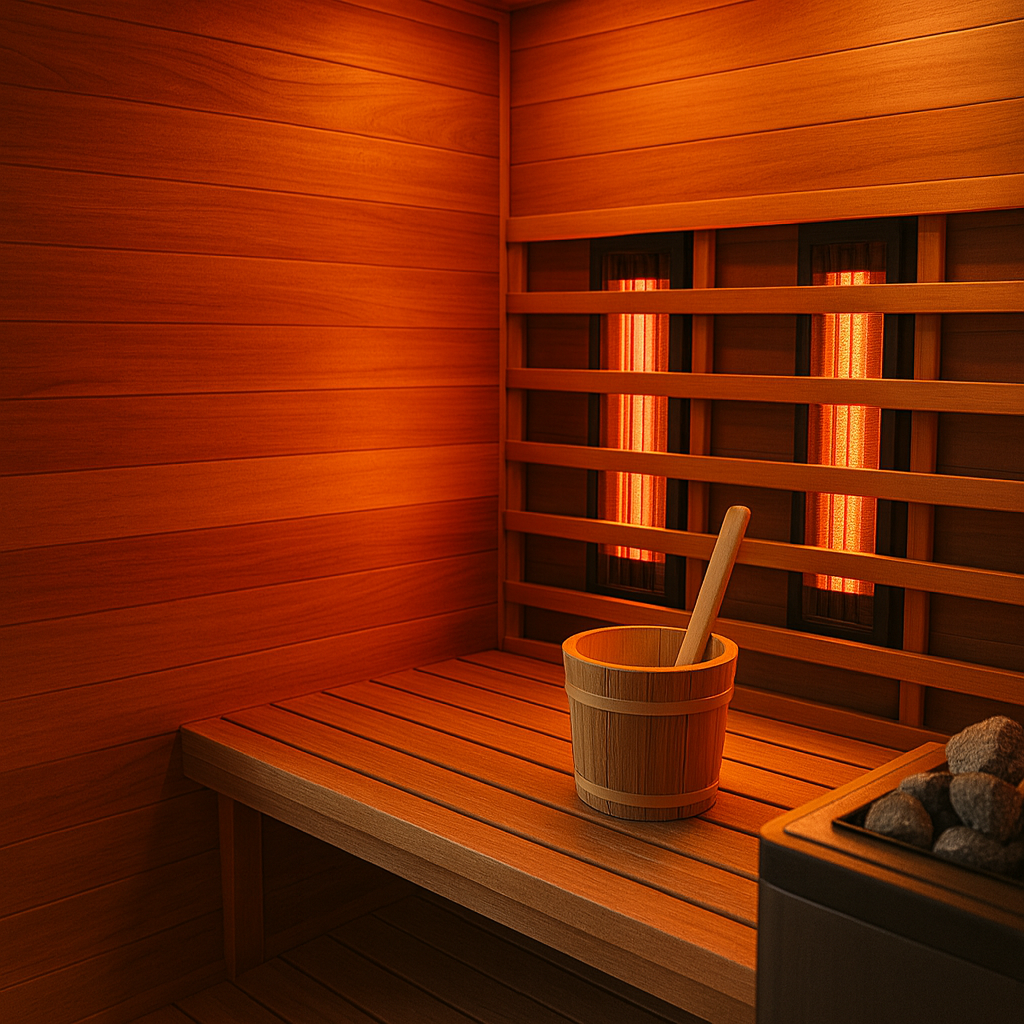

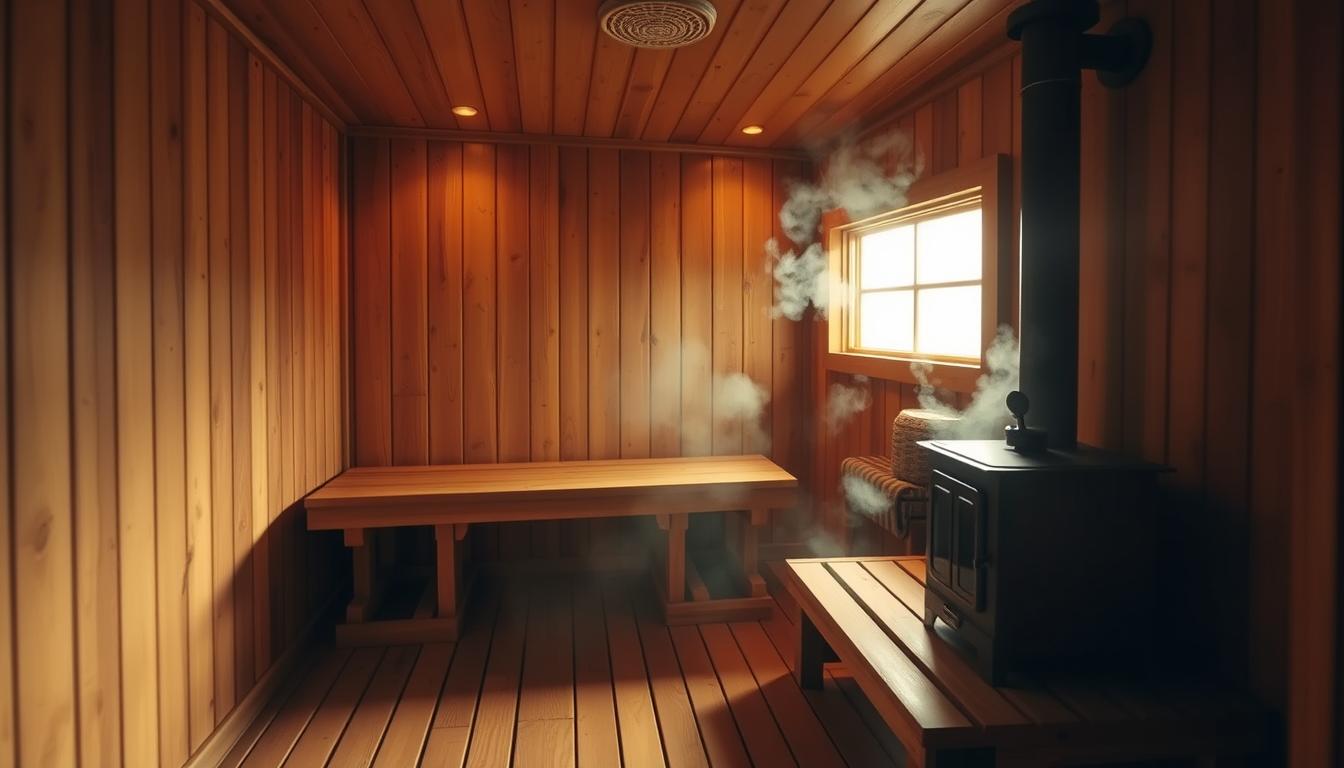
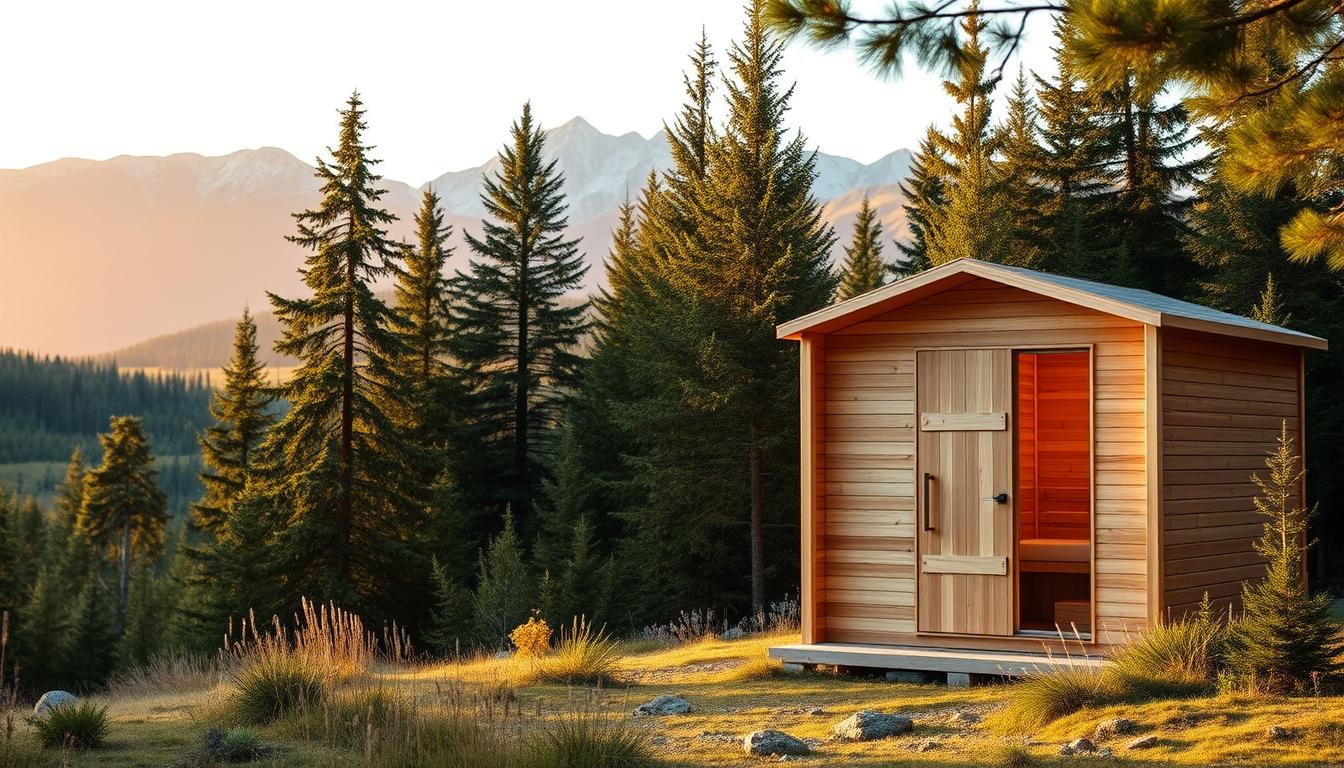
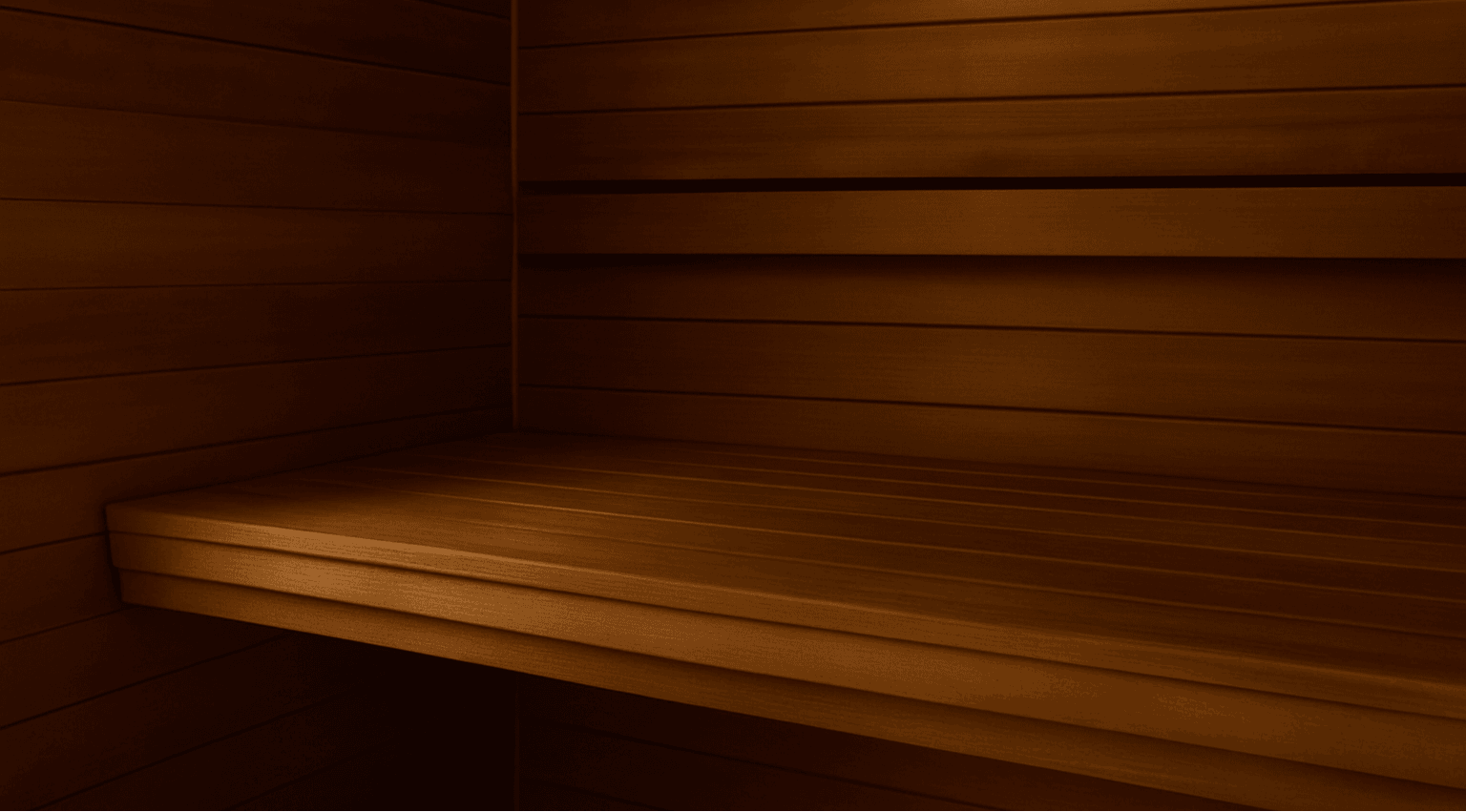
Leave a comment
This site is protected by hCaptcha and the hCaptcha Privacy Policy and Terms of Service apply.